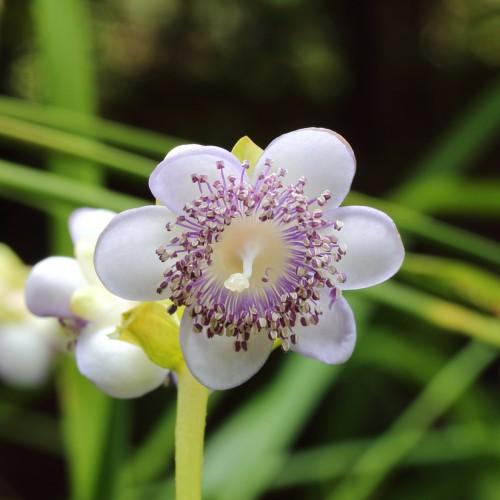
false hydrangea
Deinanthe bifida
Cycle:
Herbaceous Perennial
Watering:
Average
Hardiness Zone:
4 - 8
Flowers:
Flowers
Sun:
Part shade,full shade
Leaf:
Yes
Growth Rate:
Low
Maintenance:
Low
Salt Tolerant:
Yes
Care Level:
Medium
watering
False hydrangea (Deinanthe bifida) plants prefer evenly moist soil and should be watered every 7-10 days once the top inch of soil has dried out. To determine when to water, stick your finger into the soil and feel for moisture. If the soil is dry, it is time to water. When watering, water until the soil is well saturated and allow the excess water to drain out before putting it back in the planter.
sunlight
False hydrangea grows best in full sun, meaning it should be exposed to at least 6 hours of direct sunlight every day. This should be slightly less during the hottest times of the day, from mid-morning to mid-afternoon. During these times, allowing about 4 hours of direct sunlight will be plenty for false hydrangea. In particularly hot climates, partial shade for this plant is recommended.
pruning
False Hydrangeas (Deinanthe bifida) should be pruned once a year, preferably in late winter before active growth begins.The best way to prune is to completely remove any dead, broken, or congested branches and stems in their entirety. You may also choose to prune for the desired shape keeping in mind the natural structure of False Hydrangeas. It is important to avoid drastic pruning, as it can easily damage the plant. After a few years of growth,False Hydrangeas may need more extensive pruning due to their vigorous growth habit. It is important not to remove more than 1-third of the plant’s overall volume in any 1 pruning session. When pruning, you should always sterilize your pruning shears with rubbing alcohol or a solution of 9 parts water to 1 part bleach. This will help prevent potentially harmful bacteria and fungi from being transplanted from plant to plant.
